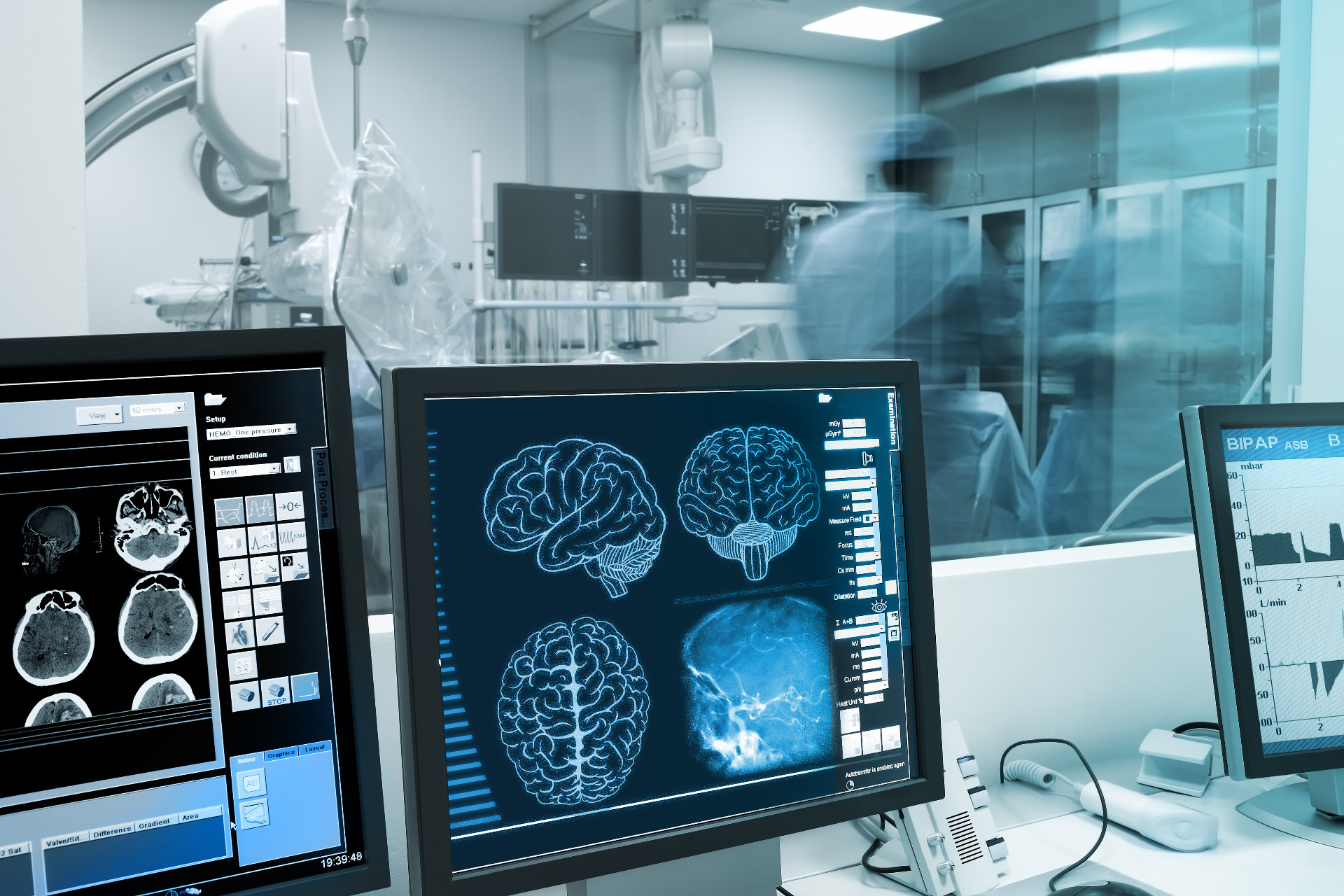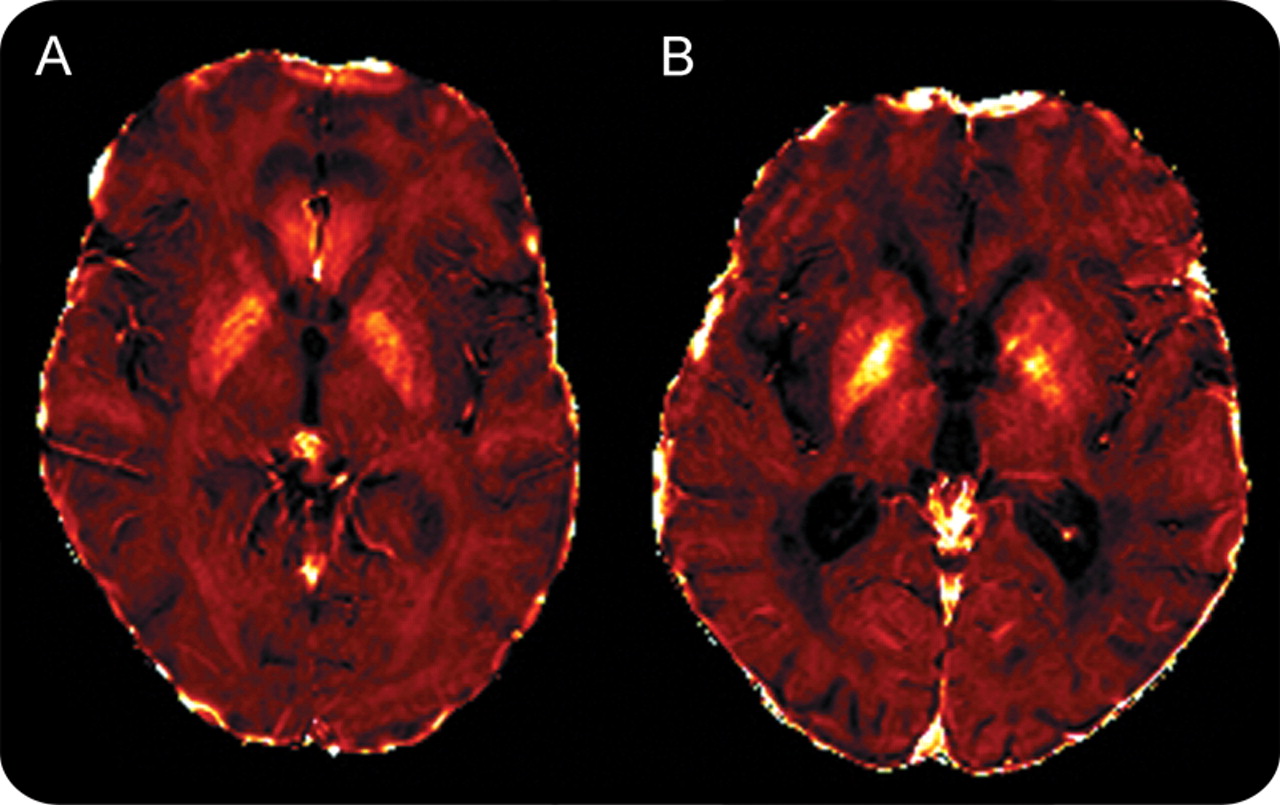A study by researchers at Ohio State University and the Lawrence Berkeley National Laboratory has found a large number of ancient viruses in ice core samples collected from a glacier on the Tibetan plateau that were approximately 15,000 years old.
News
Second language learning induces grey matter volume increase in people with multiple sclerosis.
Midlife obesity is a cause of dementia
To help determine whether midlife obesity is a cause of dementia and whether low body mass index (BMI), low caloric intake, and physical inactivity are causes or merely consequences of the gradual onset of dementia by recording these factors early in a large 20-year prospective study and relating them to dementia detection rates separately during...
Visual Snow
Visual snow is considered a disorder of central visual processing resulting in a perturbed perception of constant bilateral whole-visual field flickering or pixelation. When associated with additional visual symptoms, it is referred to as visual snow syndrome. Its pathophysiology remains elusive.
Stroke and sleep apnea
Stroke and sleep apnea are highly prevalent conditions with a physiologically plausible bidirectional relationship.
Stroke and sleep patterns
A recent study shows that healthy sleep patterns were associated with a reduced risk of heart disease and stroke by about one-third, even among those at high genetic risk.
In the study published by Suzanne M. Bertisch et al. and entitled Nighttime Sleep Duration, Fragmentation and Daily Sleep Quality and Risk of Migraine, they attempt to test the hypotheses that insufficient duration, high fragmentation and poor sleep quality are temporarily associated with the onset of migraine on the day immediately following the...
New drug for acute migraine attacks
Ubrogepant is the first drug in the calcitonin-related peptide receptor antagonist class approved for the acute treatment of migraine.
Lampreys: the future of therapeutics
Lampreys are one of the oldest surviving species of eel-like jawless fish. They populate both rivers and coastal sea waters in temperate regions around the world.
The time to initiate intravenous thrombolysis for acute ischemic stroke is generally limited to within 4.5 hours after the onset of symptoms. Some trials have suggested that the treatment window may be extended in patients who are shown to have ischemic but not yet infarcted brain tissue on imaging.










